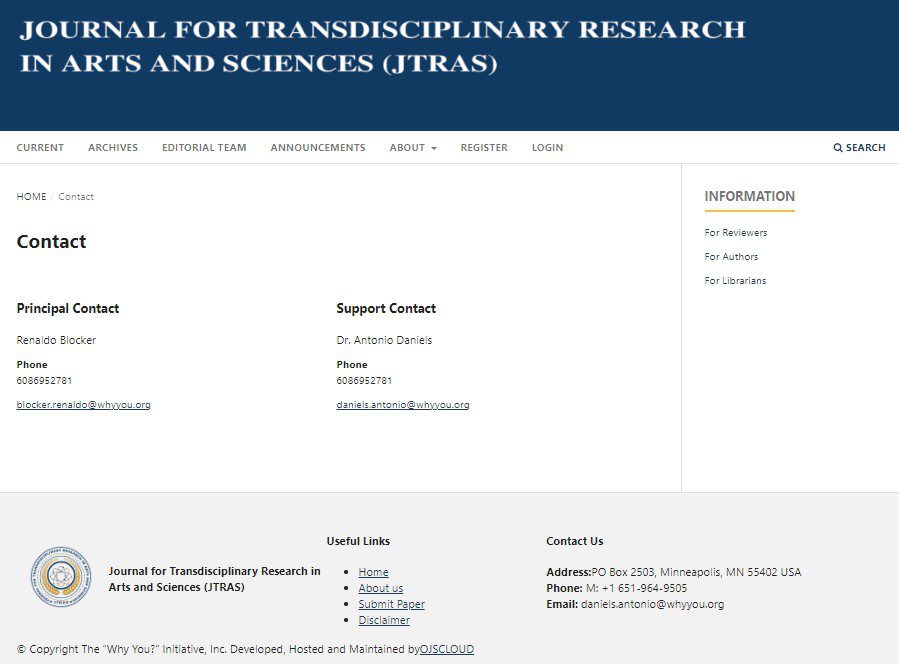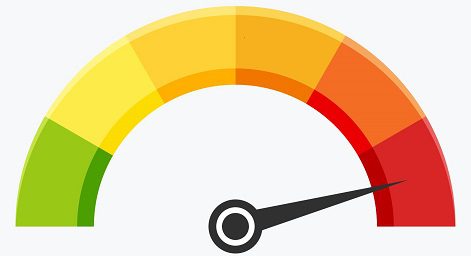Academic publishing has many different software options for managing your journal. The most famous open-source software for establishing online open-access journals is Open Journal Systems (OJS). So far, PKP has released three main versions of this platform: OJS 1, OJS 2 & OJS 3. OJS 1 is outdated, and currently, no one is using it though OJS 2 and OJS 3 are ongoing versions. Both are practical tools for managing academic journals; some critical differences may make a better choice for your particular needs. In this article, we’ll compare OJS 2 and OJS 3 to help you decide which is better for boosting your journals in 2023.
First, let’s start with a brief overview of what an Open Journal System is and what it can do for your journal.
So, What is Open Journal System (OJS)?

An Open Journal System is an open-source software program designed to help publishers manage the editorial process for academic journals. With Open Journal System, you can manage the submission and review process, handle peer review, publish articles online, and more. It’s a powerful tool that can help streamline your editorial process and make it easier to publish high-quality academic research.
It is a free, open-source software platform widely used for managing and publishing academic journals. It is designed to provide an all-in-one solution for managing the editorial process, publishing articles, and distributing content to readers.
Open Journal System 2 vs. Open Journal System 3: What’s the Difference?
There are currently two main versions of the Open Journal System in use: OJS 2 and OJS 3. This section will detail the differences between OJS 2 and OJS 3.
1. User Interface

OJS 3 has a more modern, user-friendly interface, cleaner design, and intuitive navigation. It is also designed to be mobile-responsive, meaning it can be accessed and used on various devices, including smartphones and tablets. OJS 3 has a more modern, user-friendly interface than OJS 2. The dashboard is more intuitive, making navigating the system easier for editors, authors, and reviewers.
In contrast, OJS 2 has a more dated interface that can be somewhat clunky and difficult to navigate, especially on mobile devices.
2. Performance

OJS 3 is generally faster and more reliable than OJS 2, with better support for large volumes of content and more efficient code. This means that journals using Open Journal System 3 can offer users a smoother and more seamless experience, with faster page load times and fewer errors or delays.
In contrast, OJS 2 can be slower and more prone to crashes or other technical issues, especially when handling large amounts of content or traffic.
3. Plugins and Themes

One of the key advantages of Open Journal System (OJS) 3 over Open Journal System (OJS) 2 is its wider selection of plugins and themes. OJS 3 has a more active development community, which means more plugins and themes are available to customize and enhance your journal’s functionality and appearance.
See Exciting OJS Themes & OJS Plugins
This can include plugins for managing author submissions, integrating with social media or other external services, and providing advanced analytics or reporting features. Additionally, OJS 3 offers a more flexible theming system, allowing you to easily customize your journal’s appearance without modifying the underlying code.
4. Security

OJS 3 offers several security improvements over OJS 2. For example, it uses the latest version of PHP, which has better security features and fewer vulnerabilities. OJS 3 includes more advanced user authentication and authorization features, which can help prevent unauthorized access to your journal’s content or data. OJS 3 also offers better data encryption and privacy features, which can help protect sensitive information about your authors and reviewers.
5. Technical Support

It’s important to note that OJS 2 is no longer being actively developed or supported by the developers of OJS. This means that if you run into technical issues or have questions about using the software, you may be unable to get help or support. In contrast, OJS 3 is actively developed and supported. You can access documentation, user forums, and other resources to help you troubleshoot problems or get assistance using the software.
6. Migration

While OJS 3 is a new and improved version of OJS 2, it’s not a simple upgrade. Migrating from OJS 2 to OJS 3 requires some effort and technical know-how, so it’s important to consider this before switching.
Which is Better for Boosting Your Journals in 2023?

Now that we’ve covered some key differences between OJS 2 and OJS 3, the question is: which is better for boosting your journals in 2023?
In general, OJS 3 is the better choice. While OJS 2 has been a reliable tool for managing academic journals for many years, it’s no longer being actively developed or supported. This means that if you continue to use OJS 2, you may miss out on new features and improvements being added to OJS 3. In addition, OJS 3 has a more modern, user-friendly interface, is faster and more reliable, and is designed to be mobile-responsive. The wider selection of plugins and themes gives you more options for customizing your journal’s appearance and functionality.
That being said, it’s important to consider the effort and technical knowledge required to migrate from OJS 2 to OJS 3. If you have a large archive of content, a complex setup, or limited technical resources, it may not be feasible to switch to OJS 3 right away. In this case, it may be worth sticking with OJS 2 for the time being and planning for migration in the future.
To set up open access journal website in 2 weeks, click below.
Get OJS Services >>
Conclusion
In conclusion, OJS 3 is generally the better choice for boosting your journals in 2023 than OJS 2. It has a more modern interface, is faster and more reliable, and is designed to be mobile-responsive. It also has a broader selection of plugins and themes, which gives you more options for customizing your journal’s appearance and functionality. Additionally, since OJS 2 is no longer being actively developed or supported, choosing OJS 3 ensures that you won’t miss out on new features and improvements.
